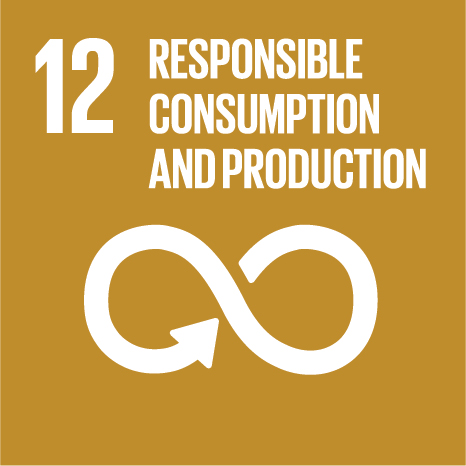Ciência_Iscte
Publications
Publication Detailed Description
Book Title
Urban agricultural heritage
Year (definitive publication)
2023
Language
English
Country
Germany
More Information
Web of Science®
This publication is not indexed in Web of Science®
Scopus
This publication is not indexed in Scopus
Google Scholar
This publication is not indexed in Google Scholar
This publication is not indexed in Overton
Abstract
Contemporary cities face pressing challenges regarding food security and sustainable development, aggravated by fast urbanisation and global food systems. Urban agriculture has been pointed as a (innovative) way to address these issues, by bringing closer city and countryside, communities and food. However, agriculture has been part of cities — their space, culture, and ways of living — since early on.
Lisbon (Portugal) has a long tradition of urban agriculture, an activity potentiated by its natural topography and orography. Therefore, since prehistoric times, and later with the Romans and Moors, the city’s valleys and slopes were long cultivated. Their fertility was praised by writers and adventurers for centuries.
Lisbon’s surrounding ‘Saloia Region’ — thus so called due to the çahroi (Moorish peasants than remained in the outskirts after the conquest of the city) — spread along the Tagus River and to the North and West, while the ‘Outra Banda’ was located across the river to the South. These areas supplied the city with the majority of vegetables, fruits, grain, dairy cattle, and sheep consumed, having the Mediterranean trilogy (bread, wine, and olive oil) a particular economic role. They remain an important part of Lisbon’s foodshed until today.
In medieval times, Lisbon’s region showcased a land use organisation similar to that of Von Thünen’s model, with fruit and vegetable produce located closer to the city centre, followed by vineyards, grain cultivation and cattle rearing. Still in early 20th century, at least 40 per cent of the urban area was cultivated in 172 farms, with a predominance of vegetable gardens, vineyards, and olive groves to the East, and ploughed lands for cereals and potatoes to the West.
Food production is strongly represented in place names — streets, alleys, entire neighbourhoods — and even Lisboners’ nickname, alfacinhas (‘little lettuces’). The reference to the hortas (vegetable gardens) was present in most descriptions of the city, for their abundance, variety, and productivity, especially in the valleys of Valverde, Arroios, Alcântara and Chelas, in Campo Grande, Campo Pequeno or Campolide (‘campo’ meaning ‘field’), and other areas. These productive spaces enabled Lisbon to thrive and structured its urban form, as routes connecting them to the main markets became major arteries of the city. These paths are still identifiable.
Urban agriculture is, thus, not only part of Lisbon’s history but also deeply connected to its identity. Even though many of these previous vegetables gardens have been lost to urbanisation since the 1940s, recently, urban agriculture has gained a renovated importance and a more positive connotation within urbanism and city planning. It constitutes a significant part of the municipal strategy for a more multifunctional green infrastructure and it integrates the programme of the city for the European Green Capital 2020. Lisbon’s public infrastructure totalises more than 20 municipal horticultural parks, where organic agriculture is mandatory, and over 800 urban farmers. Additionally, numerous private gardens subside within the built-up fabric, and even multiply due to the renovated awareness of their importance. Thus, urban agriculture is also part of Lisbon’s present and hopefully of its — more sustainable — future.
Acknowledgements
--
Keywords
Lisbon,Historic urban agriculture,Foodscape,Green infrastructure
Contributions to the Sustainable Development Goals of the United Nations
With the objective to increase the research activity directed towards the achievement of the United Nations 2030 Sustainable Development Goals, the possibility of associating scientific publications with the Sustainable Development Goals is now available in Ciência_Iscte. These are the Sustainable Development Goals identified by the author(s) for this publication. For more detailed information on the Sustainable Development Goals, click here.

 Português
Português



